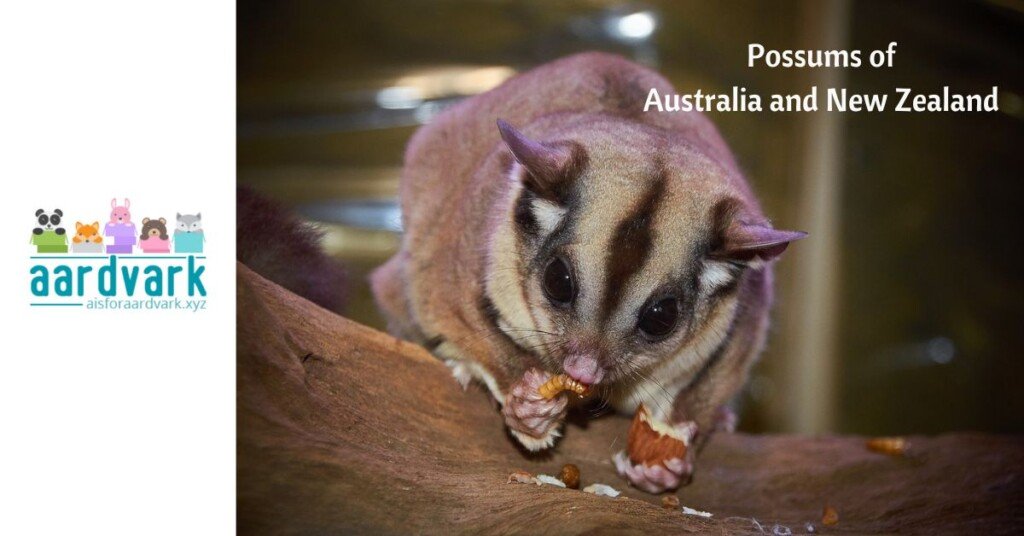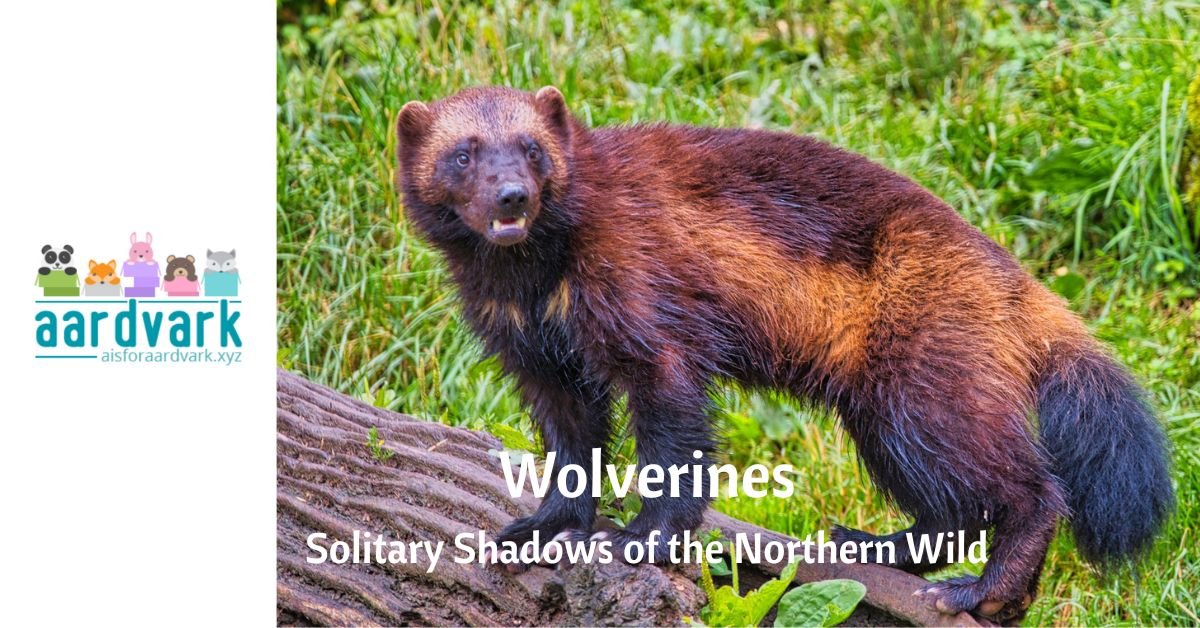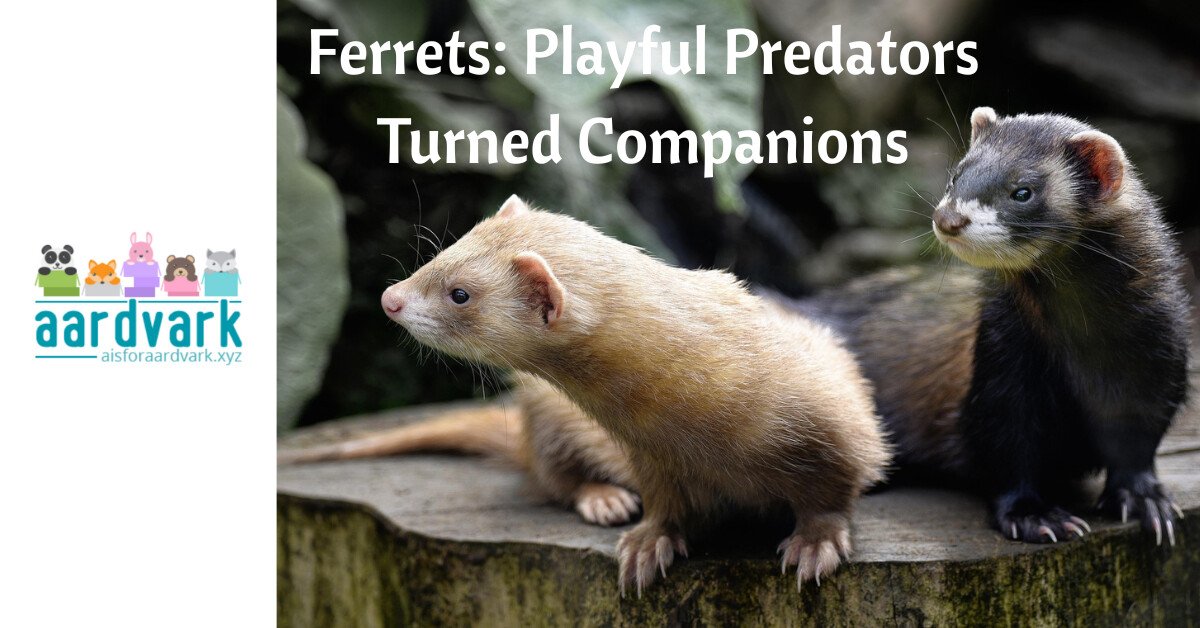Possums! Where do we start? First, we have to define which animal we’re talking about.
In this article, we will concentrate on the possum, also known as the phalanger, native to Australia and New Zealand. In North America, there’s another animal, called the Virginia opossum or Virginia possum – both are correct spellings, according to the dictionary. We’ll add another article soon on that variety!
Another important fact about these fascinating and adaptable animals is that they are marsupials; they raise their newborn babies in a pouch. They are primarily native to Australia and nearby regions. These nocturnal creatures are known for their distinctive features, such as their prehensile tails, sharp claws, and dense fur. They are important in controlling insect populations and dispersing seeds.
Taxonomy and Species Diversity of Possums
Possums belong to the marsupial family and encompass various species within the genus Phalangeridae. The family includes well-known types like the common brushtail possum, known for its adaptability to urban environments, and the sugar glider, distinguished by its ability to glide between trees using a membrane stretched between its limbs.
Physical Characteristics of Possums
Possums are generally small to medium-sized with physical traits that make them well-suited for their nocturnal, arboreal lifestyles. Most possums have thick fur that helps them regulate body temperature, especially in cooler climates.
Their prehensile tails are particularly notable, allowing them to grasp and balance on branches as they navigate through the trees. Additionally, their sharp claws aid in climbing, while their keen sense of smell and hearing make them effective at locating food and avoiding predators.
Possum Habitat and Distribution
Possums are found in various habitats, including forests, woodlands, and even urban areas where they have adapted to living close to humans. Their geographic distribution primarily spans Australia, New Zealand, and the Pacific Islands, where they play critical ecological roles. These marsupials are highly adaptable and can thrive in both natural and human-modified environments, making them a common sight in many areas.
The Diet and Feeding Behavior of Possums
Possums are omnivorous, with diets that vary depending on their environment. They primarily feed on leaves, fruits, flowers, and insects in the wild. Some species, like the common brushtail possum, are particularly opportunistic, taking advantage of whatever food sources are available, including human food waste in urban areas. This adaptability in diet allows possums to thrive in diverse environments, from dense forests to city suburbs.
Possum Reproduction and Lifecycle
Possum reproduction is typical of marsupials, with a short gestation period followed by the birth of underdeveloped young, which continue to develop in the mother’s pouch. After birth, the tiny joey crawls into the pouch, where it latches onto a teat and remains for several months. As the joey grows, it eventually leaves the pouch but continues to ride on the mother’s back until it is fully weaned. The reproductive cycle and care of the young are crucial for the survival of possum populations, particularly in environments where predators or human activities pose a threat.
The Behavior and Social Structure of Possums
Possums are generally nocturnal, coming out at night to forage for food. They are solitary creatures, with individuals maintaining territories that they mark with scent glands. Although they are primarily arboreal, spending most of their time in trees, some species are also known to venture to the ground in search of food.
Communication among possums includes a variety of vocalizations, from growls and hisses to high-pitched squeaks, particularly during mating season or when threatened.
The Conservation Status of Possums
Despite their adaptability, many possum species face significant threats from habitat loss, predation by introduced species, and human activities. Urban expansion and deforestation are particularly detrimental, reducing the natural habitats available for possums to live and forage. In some regions, possums are also hunted or poisoned, viewed as pests due to their opportunistic feeding habits in agricultural areas.
Possums in Culture
Possums hold various cultural meanings across different societies. In Australia and New Zealand, possums are often featured in folklore and are known for their resourcefulness and resilience.
In New Zealand, the brushtail possum, introduced from Australia, is considered an invasive species due to its impact on native flora and fauna. However, possums are protected under wildlife conservation laws in Australia. Their portrayal in literature, children’s books, and media often emphasizes their nocturnal habits and endearing appearance, reinforcing their presence in cultural consciousness.
Possums are integral to the ecosystems they inhabit, contributing to seed dispersal, pest control, and maintaining the balance within their environments. Despite facing numerous challenges, their ability to adapt to various habitats demonstrates their resilience. However, continued conservation efforts are essential to ensure their survival, particularly in the face of habitat loss.







